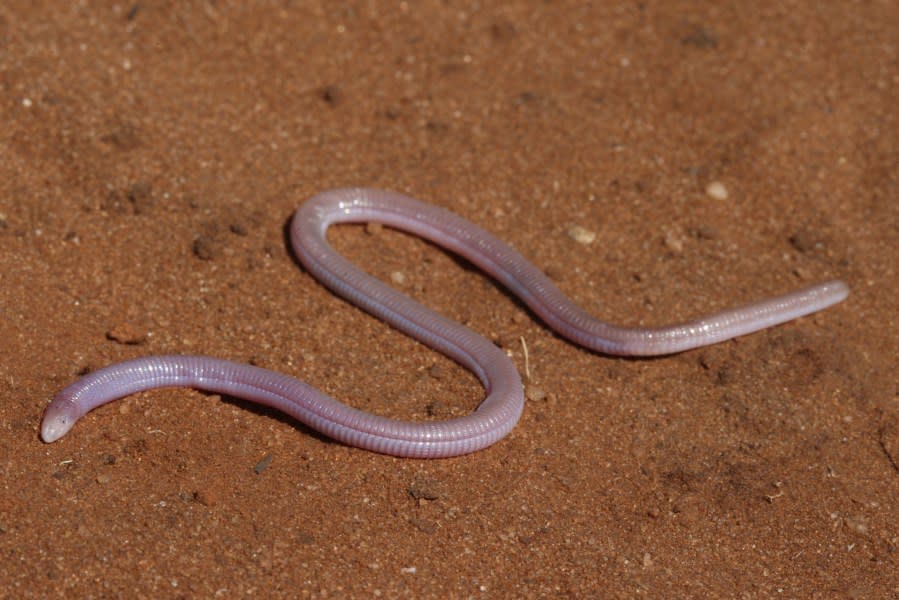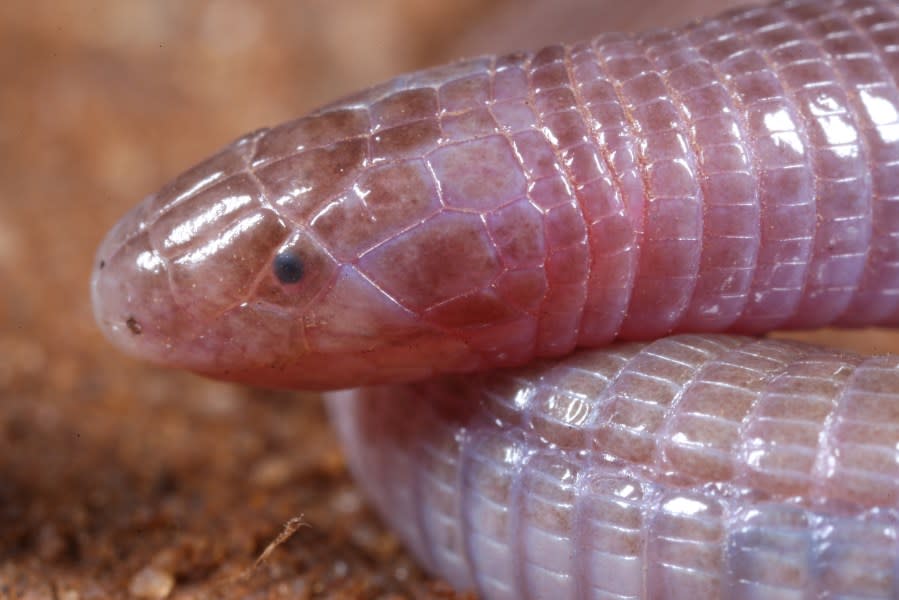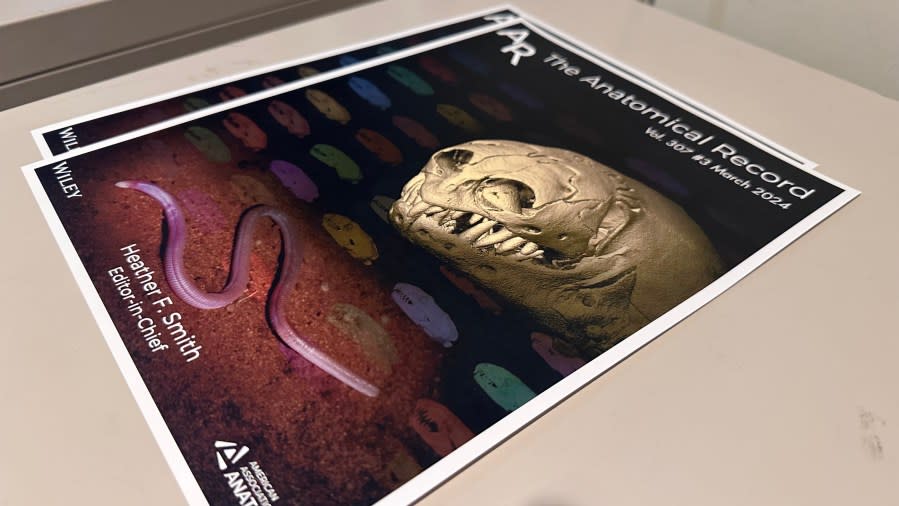Inside the skulls of real-life creatures that resemble ‘Dune’ sandworms

AUSTIN (KXAN) – Cutting beneath sand on the desert world of Arrakis, giant sandworms strike fear and inspire awe in the blockbuster “Dune” films. Introduced in the 1965 novel, the sandworm has grown into one of the most iconic creatures of science fiction, but these creatures are not just relegated to stories. Here on Earth, a similar species lurks beneath the surface.
“There’s just not a whole lot known about them, because they are sort of rare,” said Patrick Lewis, Ph.D., of Sam Houston University, referring to species known as worm lizards.
Ranging from a few millimeters in length to several inches, worm lizards are fascinating creatures that live in Africa, South America, the Caribbean and southern California.
There are around 200 different species of worm lizards, also known scientifically as amphisbaenians.

Lewis was studying environmental changes in Botswana when he took an interest in the creatures, which live underground and are hard to find. They have lizard-like heads, big teeth and a snake-like bodies. Some species even have little vestigial limbs and pelvises.
“They look a little terrifying, you know, those big teeth. If they were the size of a dog, you know, we would all be running away from them,” said Lewis, who collected a few of the tiny ones and brought them to the United States.
Beneath the skin of the Worm Lizards
One of the challenges of studying these creatures is their size. Lewis, along with University of Texas researcher Chris Bell, needed a closer look, but dissection was a challenge.
“They’re so small, and the bones are really tightly knit together,” Lewis said. “Traditional anatomical approach, you dissect it bone by bone, you just take it apart. These are only a few millimeters long,” Lewis said.
Colorado man dies after being bitten by pet Gila monster
Lewis and Bell decided the best way to study something so small was by relying on the power of the atom. They brought the specimens to the University of Texas’ CT Lab, located in the basement of the Jackson School of Geosciences, where teams scan everything from meteors to snakes to Cheetos.

Jessica Maisano, a research science associate with the CT Lab, said they have two machines. One is large — a giant brown box that could fit a person and pump them full of lethal radiation. The other is smaller and capable of more detailed scans down to a micron in detail.
Along a wall is a collection of photos from scientific journals that have featured research conducted with the help of the CT Lab. Soon, a research paper written by Lewis and Bell will be added.
The strange skulls of the worm lizards
How do you conduct a CT scan on a very tiny worm lizard? Straws. Maisano collects straws, which she uses to mount various specimens. Her cabinet is full of them — tiny ones for lizards and giant ones used to hold boa constrictors.
The worm lizards were placed in the machine and scanned. These scans were used to build a 3D model of the worm lizard, which can then be 3D-printed and used by future researchers.

So what did they discover?
“Their skulls are like a Chinese finger puzzle,” Maisano said. Most vertebrates have skulls made of tiny plates that are interlocked. Worm lizards have much tighter interlocking plates.
‘Dune: Part Two’ brings spice power to the box office with $81.5 million debut
“If they didn’t have that inner fingering, they wouldn’t be able to use their heads as a shovel, which is what they do, because these guys live underground,” Maisano said. Many species that live underground use their hands to dig, but the worm lizard is all skull.
According to the researchers, seeing this pattern inside a worm lizard skull could give us a greater understanding of how other vertebrates’ skulls are constructed — even the extinct ones.
“By studying the skull of these living amphisbaenians, we can learn more about the ones that are no longer with us,” Maisano said.
For the latest news, weather, sports, and streaming video, head to Queen City News.

